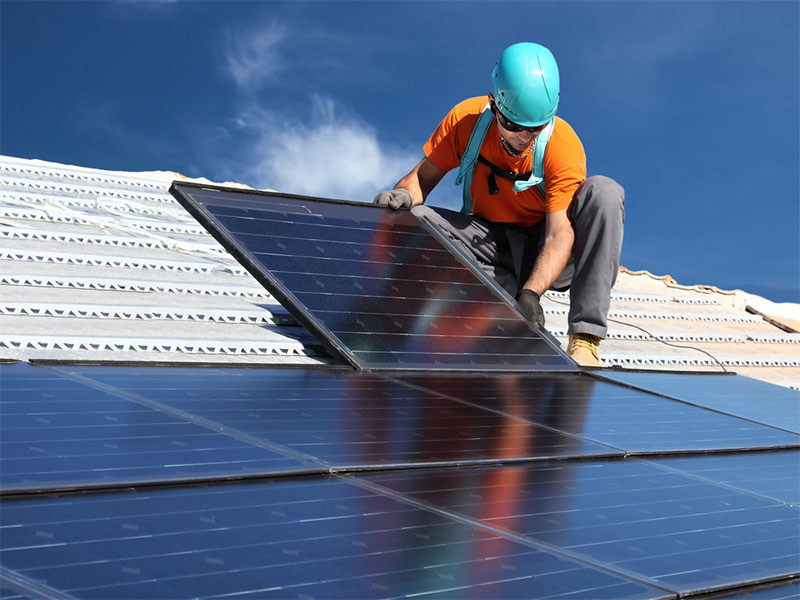HUFFINGTON POST: Instead Of Trump’s Wall, Let’s Build A Border Of Solar Panels
President-elect Donald Trump has repeatedly called for Mexico to build a wall between our countries. There is indeed a way that Mexico could create a barrier between the U.S. and Mexico, one constructed exclusively on the Mexican side, with substantial benefits for both countries and the planet: a solar border.
Sunlight in the northern deserts of Mexico is more intense than in the U.S. Southwest because of the lower latitude and more favorable cloud patterns. And construction and maintenance costs for solar plants in Mexico are substantially lower. Thus, building a long series of such plants all along the Mexican side of the border could power cities on both sides faster and more cheaply than similar arrays built north of the border.
AMERICAN SCIENTIFIC: Why China is Dominating the Solar Industry
Between 2008 and 2013, China’s fledgling solar-electric panel industry dropped world prices by 80 percent, a stunning achievement in a fiercely competitive high-tech market. China had leapfrogged from nursing a tiny, rural-oriented solar program in the 1990s to become the globe’s leader in what may soon be the world’s largest renewable energy source.
“They fundamentally changed the economics of solar all over the world,” said Amit Ronen, director of the Solar Institute of George Washington University, one of many scholars following the intense competition in the emerging $100 billion industry that supports the world’s growing solar energy demands.
IEEE SPECTRUM: Batteries Need to Get Big—Like, Enormous—for Solar Power to Shine
It would be a lot easier to expand our use of solar and wind energy if we had better ways to store the large quantities of electricity we’d need to cover gaps in the flow of that energy.
Even in sunny Los Angeles, a typical house roofed with enough photovoltaic panels to meet its average needs would still face daily shortfalls of up to about 80 percent of the demand in January and daily surpluses of up to 65 percent in May. You can take such a house off the grid only by installing a voluminous and expensive assembly of lithium-ion batteries. But even a small national grid—one handling 10 to 30 gigawatts—could rely entirely on intermittent sources only if it had gigawatt-scale storage capable of working for many hours.
NATURAL RESOURCES DEFENSE COUNCIL: A Good Year for Solar Energy in India
As 2016 comes to a close, India, striding ahead on the path to clean energy development, has reached an important milestone. The total installed solar power capacity has crossed 10 gigawatt (GW), a thousand-fold increase from 0.01 GW in 2010 when India first launched the signature National Solar Mission. With its total installed renewable energy capacity projected to double in the next two years and quadruple in the next five, India’s clean energy targets are some of the most ambitious in the world.
However, given the strong policy support from the Modi government, domestic clean energy markets are developing well and the targets seem to be within reach. Here are five good reasons why India’s bet on solar is a smart move and can illuminate a path for the rest of the world to follow.
















Comments